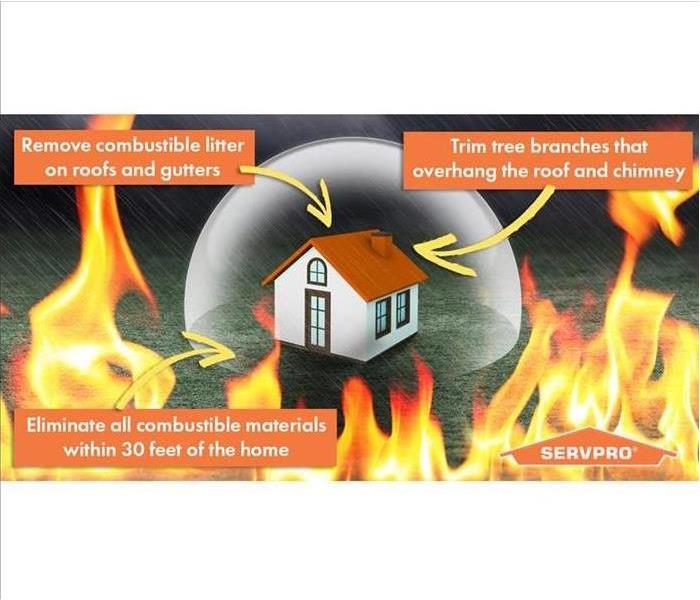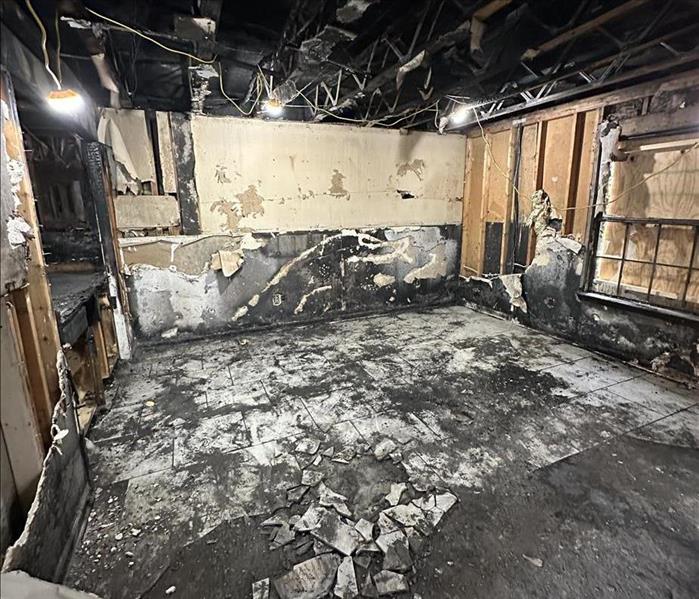What are the different kinds of fire damage?
11/1/2023 (Permalink)
Dealing with the damage from a fire can be a long process. The fire could have been small, but the smoke from it did the majority of the damage. On the other side, most of the damage could have been from the fire itself. Lastly, a damage could have been caused when the fire was extinguished. Here are the main types of fire damage that are commonly dealt with.
Flame Damage - This could be from an electrical outlet that caused damage, all the way to a full-blown kitchen fire.
Smoke Damage - Smoke is literally in the air and can (and will) get into everything. Even after the rebuild is completed, there can still be a lingering smell of smoke o the property unless it is dealt with correctly.
3rd Party Damage - This type of damage comes from any in-house sprinkler system used to put the fire out or from the Fire Department themselves when they get to the scene.
Heat Damage - Even though a part of the structure might have not actually caught fire, it was probably severely heated up. This can cause structural damage and possible swelling that you might not notice right away.
After a fire, you could be dealing with flame, smoke, water, and heat damage at the same time. FEMA has some great information on what to do after the fire. The best way to e this is taken care of promptly and properly is to contact the team at SERVPRO to get on the job!

 24/7 Emergency Service
24/7 Emergency Service

